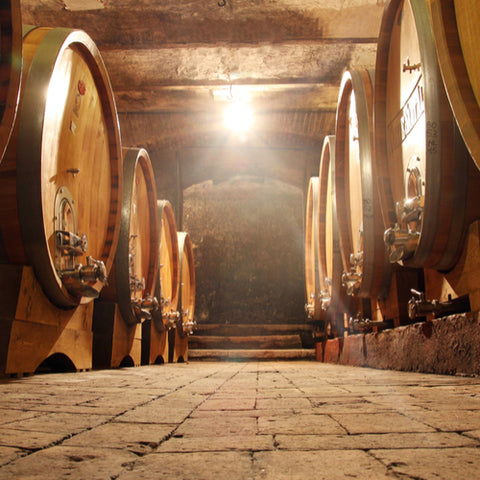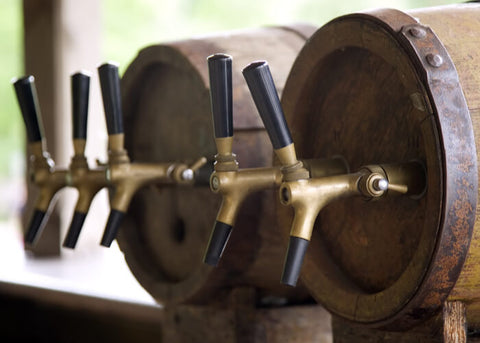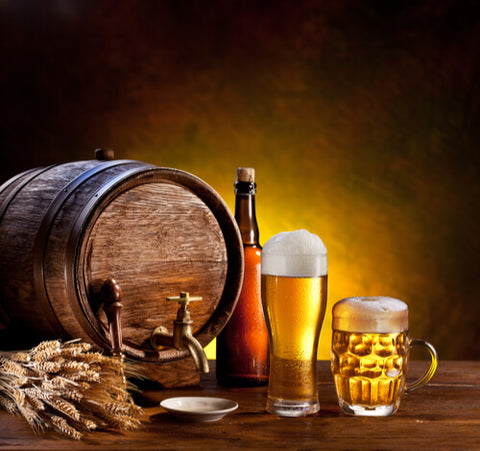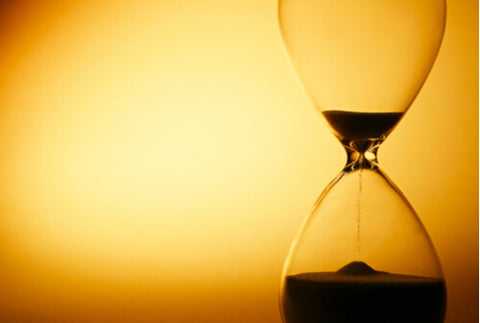Your Cart is Empty

Well to put it simply, barrel aging is nothing more than allowing a beer to age in a wooden barrel for a specific amount of time. This time can range from a couple of weeks, all the way to a year. After the allotted time has passed, the beer can either be consumed or bottled.
When it comes to the amount of time that the beer spends in the barrel, it really depends on the type of beer the brewer is looking for as an end result. Each barrel used in this process can add flavours that can range from fruity to spicy. Due to the extra time it takes to create this type of beer and the technique, these tasty treats are sold at a premium and are a limited release, as each barrel can add it’s own flavour.

Cask conditioning or cask ale is normally ale that is unfiltered, unpasteurized & naturally carbonated real ale. During this process it undergoes a slight final fermentation in the cask. Once a cask is tapped it only has a few days to be consumed before the unfortunate event of the beer spoiling (oh no).
This is some really lively beer, since the beer is unfiltered and has live yeast in it. Yep, cask beer has live yeast in it! Don’t worry it’s not as unpleasant as you think. The live yeast not only nibbles away at the sugars and turns them into alcohol (go yeast!). Once the beer is poured into the cask the brewers hardly interfere with it. This process also helps with creating soft carbonation and rounds off the beer with a greater depth of flavour.
Here’s a helpful little fact about cask ale; too know if you got a good cask of beer, the head of the beer should look like soap bubbles and not foam, which you would see on other beers.

Barrel aging helps to give elements of the wood’s flavours profile to what is being brewed in that specific barrel. Wood contains chemicals that are dissolved into beer over time and help add those woody, oaky, and other flavours that you might normally find in barrel aged beer. One of the substances most commonly found in these barrels is lignen, which then transforms into vanillin. Vanillin is the primary extract of the component of the vanilla bean, which is why you might taste some notes of vanilla in whiskey and other barrel aged spirits.
Contents of the barrel are also exposed to the air, which is both a good and a bad thing, as this helps create the potential for oxidized flavours. Typically some of these flavours include; dried fruit and caramel.
Barrel aging beer is a huge gamble, as there is no guarantee on how it will turn out or taste. Since barrels all have different flavour profiles from past uses, not all beer is created equal when barrel aging beer. There is a lot of time, trial and experimentation and we lose some beer along the way. Once it has been fine tuned, this will change your perspective on beer forever!
So what’s the difference when it comes to beer that has been aged in a barrel versus beer that was made in a cask? Well one of the main differences is the fermentation process, beer that is being aged in a barrel has already been fermented and is being left in the barrel to soak up the unique flavours of its previous owner. Beer that is a cask ale is still in the fermentation process and is then served straight out of the cask

When it comes down to it, creating both barrel aged beer and cask beer is a true art form. Each cask and barrel aged beer will have their own unique taste and flavours to them that will be hard to replicate.
The cask beer tends to be more smooth and creamy. Ideally when having cask beer it should be at cellar temperature and not too cold, as this can cover up some flavours. Compared to barrel aged beer that can have a variety of taste and flavours, that include sour and funky flavours as well as pleasant flavours.
When it comes down to looking for a great barrel aged beer, strong and dark is what you want. As beer ages, the bitterness tends to fade and the beer begins to mellow out, allowing the malt flavour to come out. One of the two go-to beers when it comes to barrel aging are an imperial stout or barley wine.
One thing that is different, is that once cask beer has been tapped, drink it ASAP! Cask ale has a brief life. The golden rule when it comes to cask ale, the fresher the better. You’re looking at a 2-3 day timeline from once the cask has been tapped until it spoils. Since beer aged in a barrel has already been fermented, it can be botted or consumed.
So now that you know the differences between the two of them, you can now enjoy the two beers a lot more. Also if you find a barrel aged beer you love, now you are sure to know why you love it!